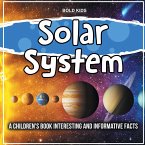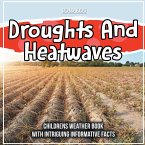You've probably seen some of these images of stars in the night sky, but did you know that they are not actually real? Stars are spherical bodies composed of plasma and held together by gravity. While our Sun is the nearest star to Earth, there are many other stars visible to the naked eye. At a distance, stars appear as fixed points of light. Let's examine a few Stars Facts. Stars are giant balls of hot gas, called plasma, held together by gravity. All stars are bigger than the sun, but only some are brighter than our sun. Alpha Centauri is the least luminous star, but it is about 1.5 times brighter than the sun. All stars are very different, but they all have some characteristics in common. Read on for more fun facts about the stars. These facts will help you engage your children and answer their burning questions about the universe. The sun converts 4 million metric tons of hydrogen every second into energy. That is equivalent to a hundred billion hydrogen bombs. By harnessing solar energy, we could survive on the planet for 500,000 years, which would be incredible. However, it is still not clear whether this energy will be useful in the near future. There are still plenty of other facts to learn about the stars and how to make the most of them. So, start exploring!







